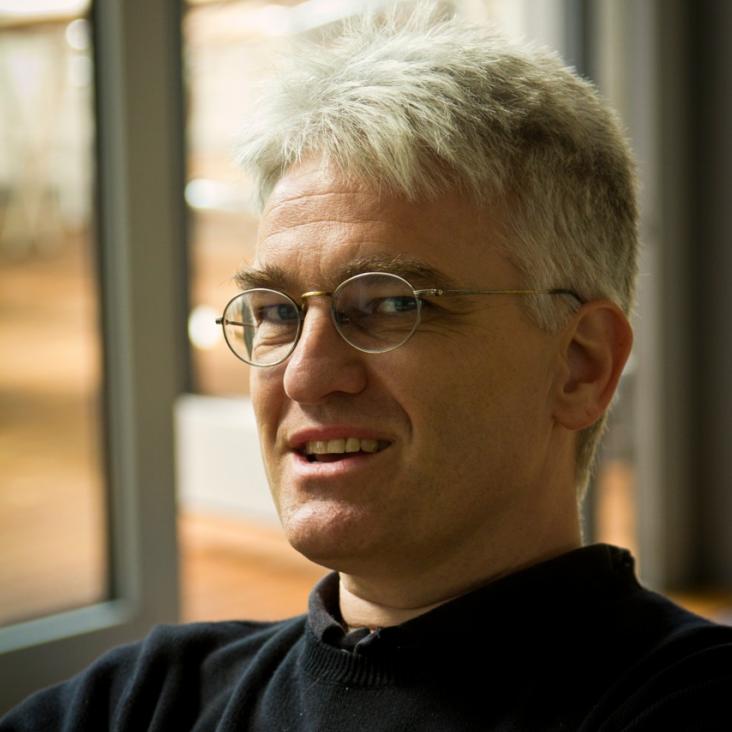Optical conductivity of the Hubbard chain away from half filling
Physical Review B American Physical Society 93:12 (2016)
Abstract:
We consider the optical conductivity σ1(ω) in the metallic phase of the one-dimensional Hubbard model. Our results focus on the vicinity of half filling and the frequency regime around the optical gap in the Mott insulating phase. By means of a density-matrix renormalization group implementation of the correction-vector approach, σ1(ω) is computed for a range of interaction strengths and dopings. We identify an energy scale Eopt above which the optical conductivity shows a rapid increase. We then use a mobile impurity model in combination with exact results to determine the behavior of σ1(ω) for frequencies just above Eopt which is in agreement with our numerical data. As a main result, we find that this onset behavior is not described by a power law.Multiparticle bound-state formation following a quantum quench to the one-dimensional bose gas with attractive interactions
Physical Review Letters American Physical Society 116:7 (2016) 070408
Abstract:
We consider quantum quenches from an ideal Bose condensate to the Lieb-Liniger model with an arbitrary attractive interaction strength. We focus on the properties of the stationary state reached at late times after the quench. Using recently developed methods based on integrability, we obtain an exact description of the stationary state for a large number of bosons. A distinctive feature of this state is the presence of a hierarchy of multiparticle bound states. We determine the dependence of their densities on interaction strength and obtain an exact expression for the stationary value of the local pair correlation g 2 . We discuss ramifications of our results for cold atom experimentsEntanglement growth and correlation spreading with variable-range interactions in spin and fermionic tunnelling models
(2016)
Mobile impurity approach to the optical conductivity in the Hubbard chain
(2016)
Optical conductivity of the Hubbard chain away from half filling
(2016)


